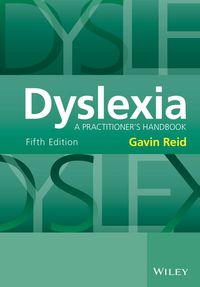b Calculate Jenna's education tax credits if their combined AGI was $162,000. c. In her capacity as president of the local Rotary chapter, Jenna has asked you to make a 30- to 45- minute speech outlining the different ways the tax law helps defray (1) the cost of higher education and (2) the cost of continuing education once someone is in the workforce. A tentative title for your presentation is "How Can the Tax Law Help Pay for College and Continuing Professional Education?" Classify each of the following as an item to "Include" or "Exclude" in the presentation. Include/ Exclude Complicated area of tax law, so planning ahead is important Participation in qualified tuition programs for tuition and room and board costs. Education tax credits-American Opportunity credit and lifetime learning credit. Available work opportunity credit. Child credit available for educational expenses Scholarships excluded from gross income. Employer-provided educational assistance programs. Problem 10-32 (LO. 3) Jenna, a longtime client of yours, is an architect and the president of the local Rotary chapter. To keep up to date with the latest developments in her profession, she attends continuing education seminars offered by the architecture school at State University. During 2021, Jenna spends $2,000 on course tuition to attend such seminars. She also spends another $400 on architecture books during the year. Jenna's daughter, Caitlin, is a senior majoring in engineering at the University of the Midwest. During the 2021 calendar year, Caitlin incurs the following expenses: $8,200 for tuition ($4,100 per semester) and $750 for books and course materials. Caitlin, who Jenna claims as a dependent, lives at home while attending school full- time. Jenna is married, files a joint return, and has a combined AGI with her husband of $121,000. a. (1) Classify each of the following costs as "Eligibie" or "Not Eligible" for an education tax credit through the American Opportunity credit or the lifetime learning credit. Eligible / Not Eligible $2,000 for course tuition to attend seminars $400 for architecture books $8,200 for daughter's tuition $750 for daughter's books and course materials a. (2) Jenna's American Opportunity credit is $ and her lifetime learning credit is $








